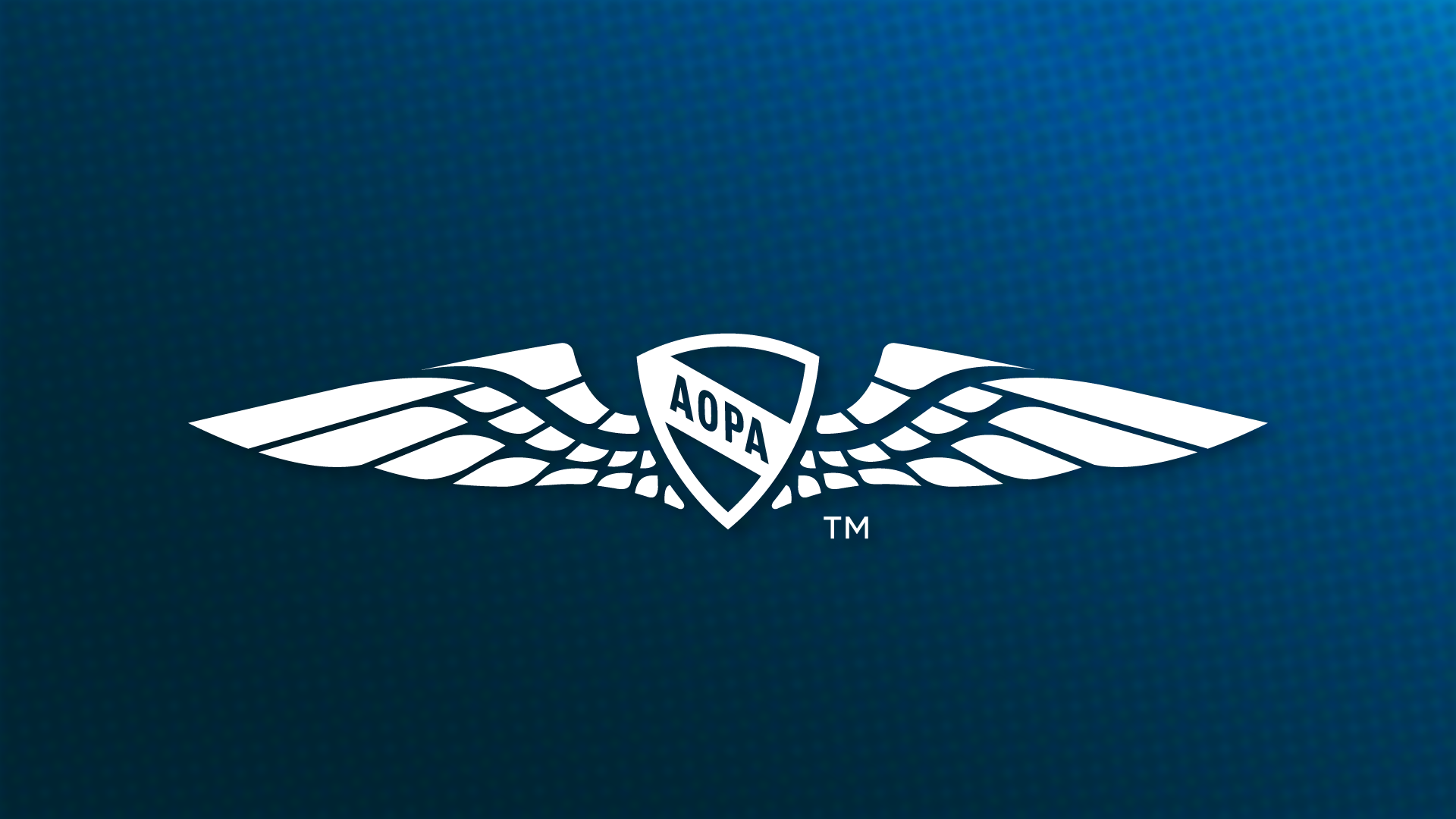Always Learning: AirVenture arrival
The engine ticks to a stop, but your adrenaline is still pumping.

[email protected]
You pop open the door to get some relief from the hot, sticky air permeating the cockpit. Within seconds, you are cheerfully greeted with “Welcome to Oshkosh! Mags off, fuel off, keys out of the ignition.” Congratulations—you’ve made it to the largest aviation show in the world. It’s hard to overstate the pure joy a pilot has upon landing for the first time at Wittman Regional Airport (OSH), Oshkosh, Wisconsin, during AirVenture.
Flying to AirVenture—whether by yourself, with an instructor, or as a nonflying pilot—offers many great lessons that can be implemented throughout a flying career. Although you may be a bit nervous the first time, subsequent flights into AirVenture become a fun challenge with confidence replacing hesitation.
Prep. Pilots flying VFR into Oshkosh need to become familiar with the EAA AirVenture notam, available as a PDF or printed booklet. For the uninitiated, the Fisk VFR Arrival procedure (explained in the notam) looks intimidating. But, it’s actually straightforward: Simply read the instructions, follow the instructions, and comply with air traffic controller requests—in that order.
For my own peace of mind, I always bring a handheld transceiver just in case something happens to my com radio. Although you typically don’t transmit during the Fisk Arrival, you’ll want to be certain you can listen for instructions directed at you.
If you’ve never had to hold or divert to another airport, this may be the first time you’ll need to. Weather, large formation arrivals, runway closures, and other unexpected situations can temporarily halt arrivals into the show. Make sure you have enough fuel to wait out a temporary closure—or to land at one of the many nearby airports. Appleton and Fond Du Lac are both great options (see “Road Trip,” page 29), with the latter now designated the primary diversion airport in the event of extended weather delays or closed runways at Oshkosh.
Before you depart, read the notam again to have it fresh in your mind. You should also have it available in flight; consider downloading it to an app or printing it out so that you or your flying partner can refer to appropriate pages as you wing your way toward Oshkosh.
Just before departing on your final leg, you can listen to Fisk Arrival on the LiveATC app. You’ll get a good idea for how busy the arrival is, which runways are being used, and if any holds are in place.
Ripon to Fisk. The controllers who staff AirVenture are some of the best in the world—and they have to be to safely guide thousands of airplanes into Oshkosh each day. You can reduce their stress—and yours—by avoiding their frequent admonishments while flying the Fisk Arrival: Do not fly GPS direct from Ripon to Fisk; remain directly over the railroad tracks; stay at the altitude and speed specified in the notam for your type of aircraft; keep one-half-mile in-trail spacing; don’t pass other aircraft; and don’t cut in line.
Importantly, don’t spend a lot of time looking at traffic on your ADS-B In display—see and avoid is definitely the name of the game during AirVenture.
The dots. By the time you’re on final you’ll be told on which dot to land on the runway. The dot is guidance for spacing, but don’t fixate on the dot. You can land slightly short or long of your assigned dot. The top priority is to land safely, maintain control of your aircraft, and roll off the runway into the grass as soon as practical.
Now that you are taxiing with the window open and the warm breeze entering the cockpit, it’s all worth it. This is the moment to savor. The crowd watches as you taxi by. A little scooter directs you to your parking spot. It’s time to enjoy the airshow!


